 0
0








 0
0










The latest zonal architecture promises to simplify vehicle electrical infrastructures, potentially saving weight and complexity while enhancing reliability, safety, and security. As this new approach is adopted, software-based virtual machines with hardware-based I/O Virtualization are needed to manage resources and ensure isolation.

In today's consumer electronics market, miniature speakers are already used in a wide variety of devices, including gaming devices, smart home iot devices, and wearables. While private electronics that are turned up loud in public are often annoying, you will certainly prefer those that have a wider loudness range while ensuring fidelity at the time of purchase

In motor applications, inverters or converters must be used for power conversion, and the use of high-isolation DC/DC converters will help improve the stability and safety of motor operation, which is particularly important for high-power and high-speed motor systems. In this article, we will introduce the technologies related to IGBT/MOSFET/SiC/GaN gate driven DC-DC converters, as well as the functional features of a series of high isolation DC/DC converters from Murata.
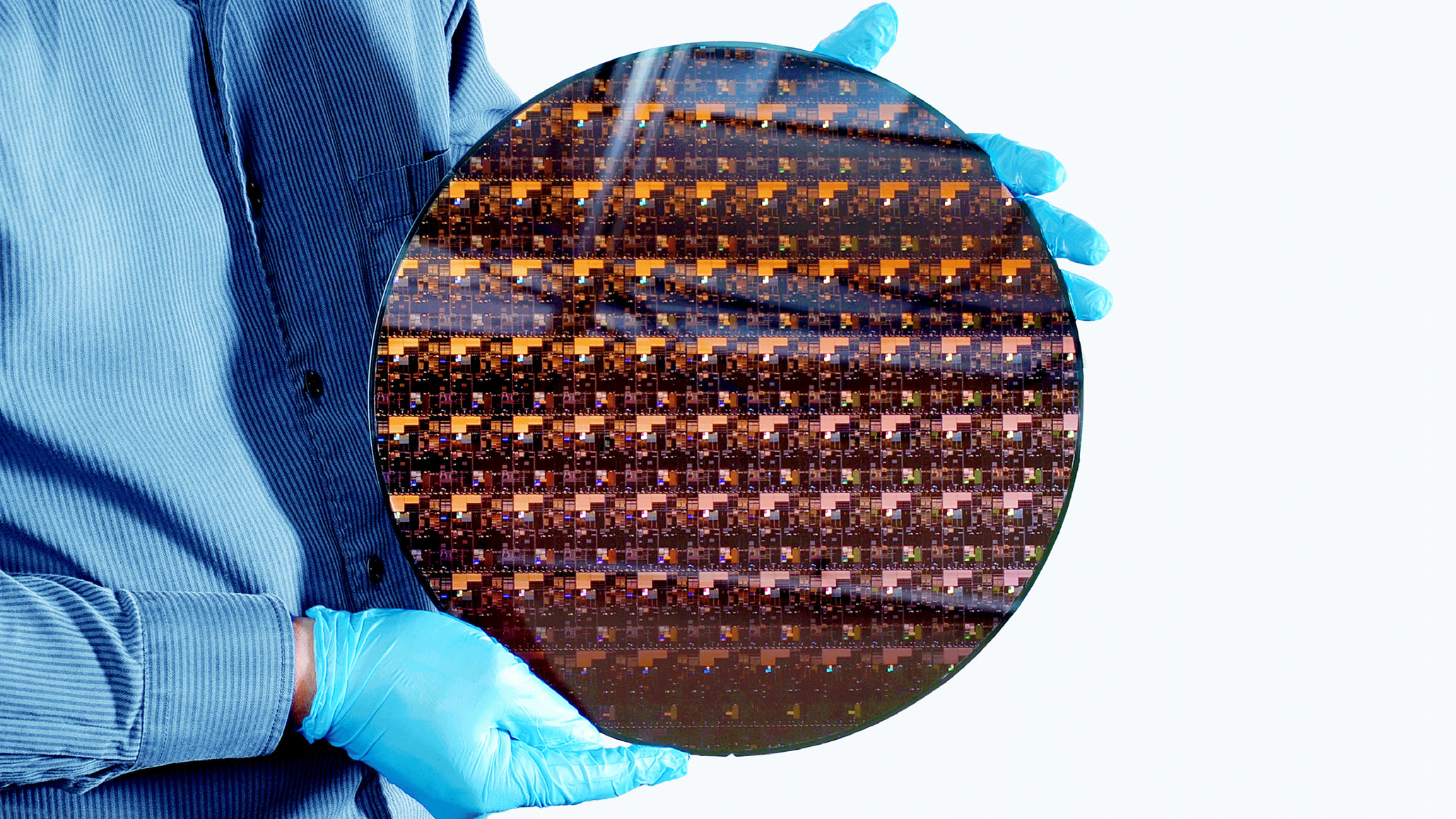
The power electronics world has woken up to the benefits of gallium nitride—big time. Activity in the relevant press, at trade shows and at conferences has been dominated by discussions concerning the increases in efficiency and power that can be achieved by moving from silicon MOSFETs to GaN solutions.

Given all the challenges and uncertainties the world is facing, one thing is certain – we are unified for a greener planet. Under the initiative of decarbonization, global players in the market and higher efficiency standards such as 80 PLUS Titanium are driving the power industry towards the next level of efficient solutions with greater power density.
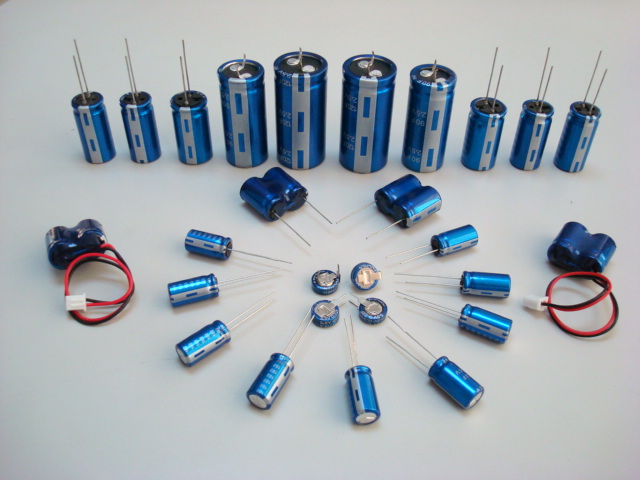
Ultracapacitors, also known as supercapacitors, are electrochemical energy storage devices with significant power density and higher capacitance than solid-state capacitors. People are eagerly exploring how to use them for energy storage, which may result in power sources that charge faster or are usable for various applications across industries.

Despite the widespread use of lithium-ion batteries, there is still an urgent need for accurate modeling techniques to understand their complex behavior and optimize their performance. By providing a simplified but efficient representation of lithium-ion batteries, equivalent circuit modeling has become a valuable way to meet this requirement. Despite their small size, lithium-ion batteries are complex electrochemical systems that involve complex processes such as ion diffusion, embedding, and side reactions.
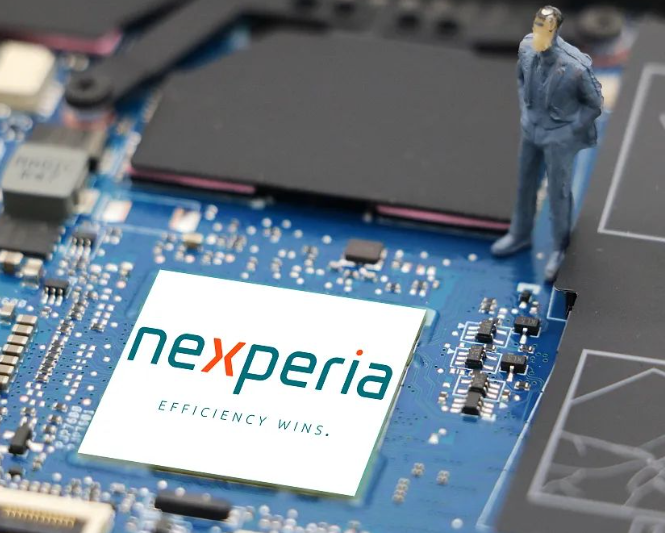
In recent years, the automotive industry is rapidly entering a new era of intelligence and electrification. Sales and market penetration of new energy vehicles continue to rise. According to Bloomberg, global sales of new energy vehicles will reach 14.1 million units in 2023, of which the Chinese market will account for about 60%.

This paper studies ideal diodes with back-to-back MOSFETs as well as other more advanced devices. An ideal diode solution that integrates multiple functions to provide overall system protection is also presented. Diodes are very useful devices and are important for many applications. Standard silicon diodes have a voltage drop of 0.6V to 0.7V. The Schottky diode has a voltage drop of 0.3V. In general, the voltage drop is not a problem, but in high current applications, the individual voltage drops can produce significant power losses. Ideal diodes are ideal devices for such applications.

Technology companies and major semiconductor manufacturers are actively seeking ways to minimize their carbon footprint and thus achieve net zero greenhouse gas emissions. Under the 2015 Paris Agreement, the goal is to limit global warming to 1.5°C by 2050.

The X0115ML is ST's first off-state surge peak voltage 750V compact thyristor (SCR) for Ground Fault Circuit Breakers (GFCI) and arc Fault Circuit Breakers (AFCI). The SOT23-3L micropackage (2.75mm x 3.10mm) is probably the smallest thyristor on the market today. Engineers can save a lot of board space while allowing industrial applications to have 600V off-state repeat peak voltages

Due to their numerous applications and game-changing features, SiC MOSFETs have become extremely popular in the electronics market. WeEn Semiconductors has emerged as a leading developer and manufacturer of cutting-edge Silicon Carbide (SiC) Metal-Oxide-Semiconductor Field-Effect Transistors (MOSFETs), which represent a substantial improvement in power semiconductor technology.
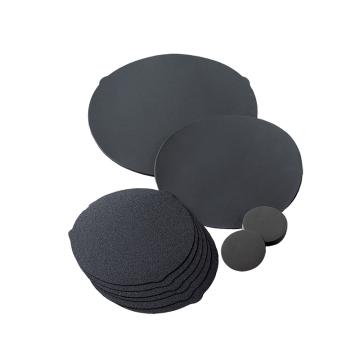
Silicon carbide (SiC) power devices have been widely used in server power supplies, energy storage systems and photovoltaic inverters. In recent years, the shift to electric drive in the automotive industry has driven the growth of silicon carbide (SiC) applications, and has led design engineers to focus more on the benefits of the technology and broaden its application areas.
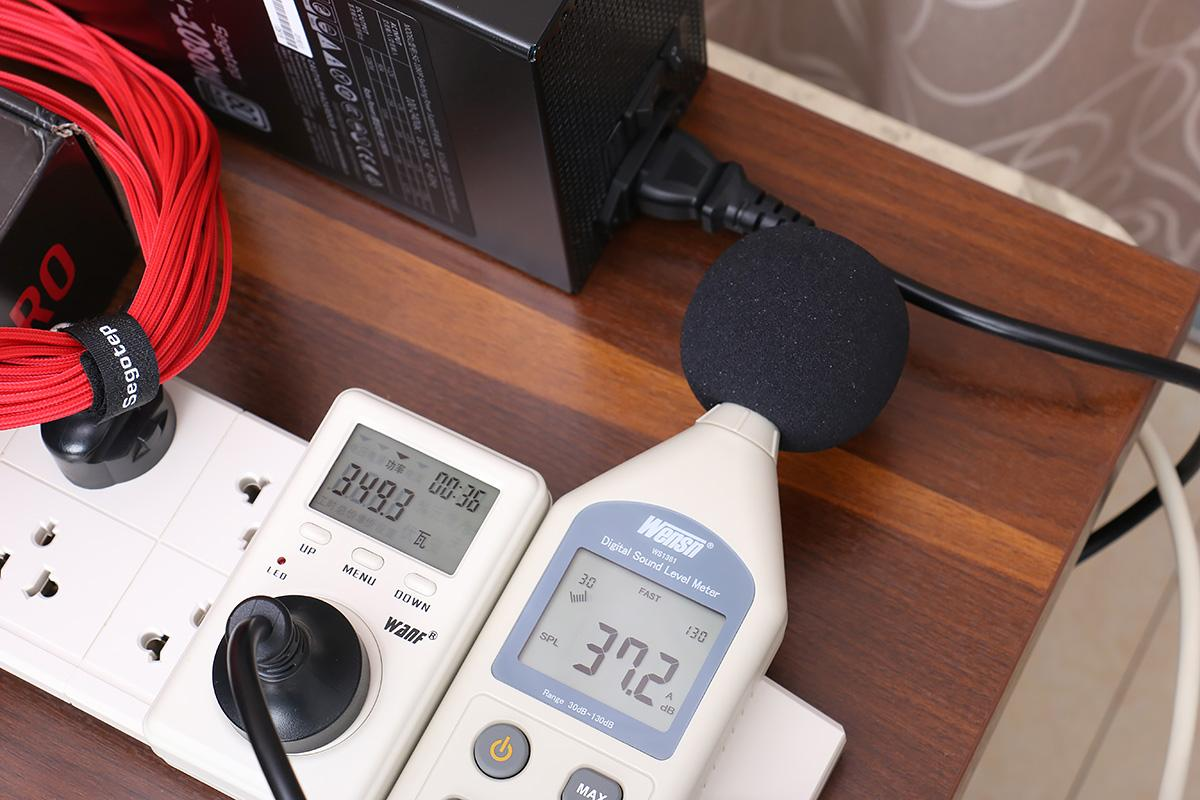
Voltage monitors improve the reliability of microcontroller-based systems by monitoring the power supply and putting the microcontroller into reset mode in the event of a power failure, preventing system errors and failures. However, power supply defects such as noise, voltage burrs, and transients can all cause false reset problems that can affect system behavior. This article describes how the voltage monitor can improve system performance and reliability by addressing factors that can trigger false reset.

Ultrasound refers to sound waves with frequencies higher than 20,000 Hertz, which have specific applications in industrial and medical fields. With the progress of medical technology and the continuous update of equipment, ultrasound has become an indispensable application technology in the medical field.

Ethernet has been widely used in industrial and computing networks for decades, but today it is increasingly being deployed in automotive applications, replacing traditional networks such as controller Local Area Networks (CAN). Automotive Ethernet provides topological flexibility, high bandwidth, and stable communication to meet the in-vehicle data communication needs of original equipment manufacturers (Oems) during the transition from domain to area network architecture.

Many systems require battery power. Batteries can be used to provide backup power in the event of a power outage, but are mostly used in mobile devices - as large as electric cars and as small as hearing AIDS. In all battery-powered systems, power efficiency is key. In the case of the same running time, the lower the power efficiency, the larger the battery will be, and the higher its cost.

A lot of different types of electronics use semiconductor devices, such as those that change power, communicate and process signals. Because stress (such as heat, high voltage, high current or change frequency) can hurt a device’s performance, dependability and efficiency, it is best to make semiconductor gadgets that are stress-resistant.